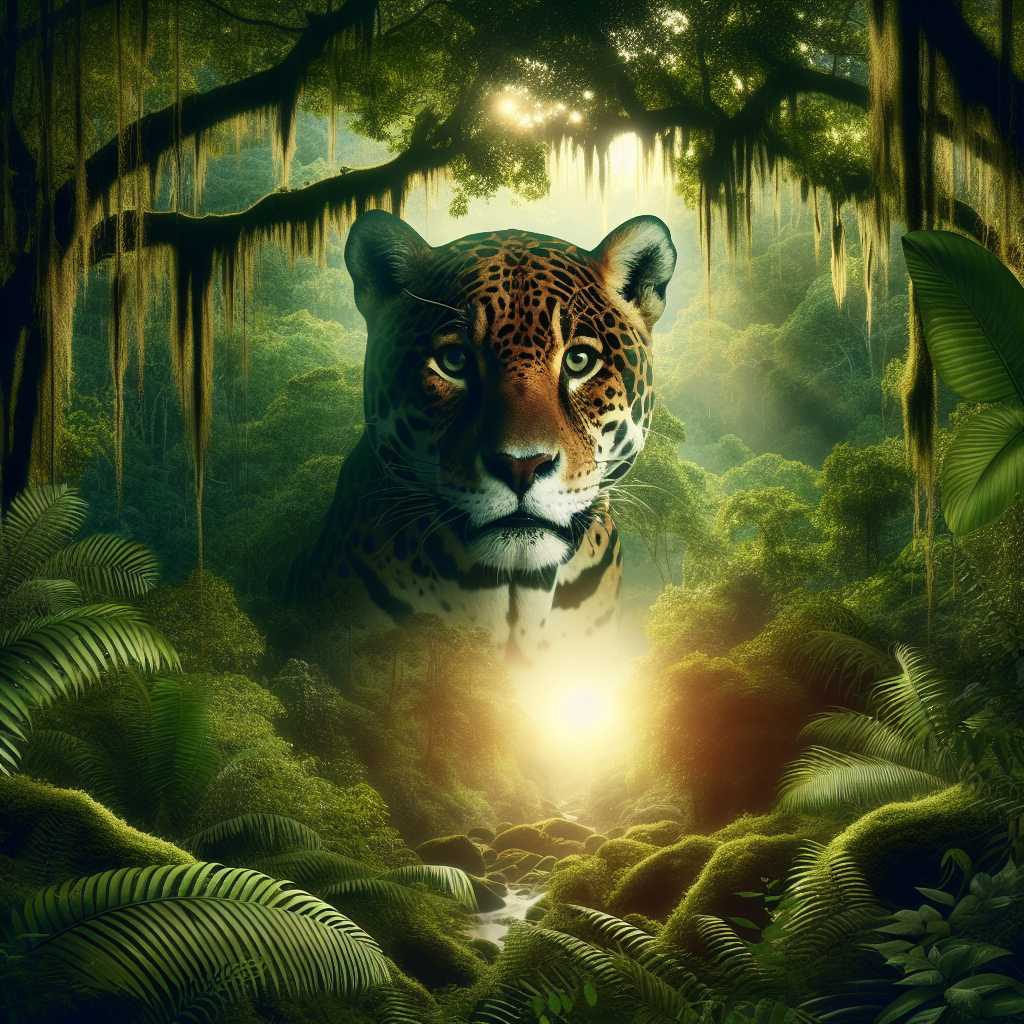Tulum’s Wild Heart: The Latest on Jaguar Conservation
The Importance of Jaguars in Ecosystems
Jaguars, the majestic felines of the Americas, play a critical role as apex predators within their ecosystems. By maintaining the population dynamics of other species, they contribute to a healthy balance in the food chain. In the lush jungles surrounding Tulum, Mexico, jaguars are vital for preserving biodiversity. Their hunting habits help control the populations of herbivores, which in turn prevents overgrazing that can lead to ecosystem degradation.
Tulum’s Unique Ecosystem
Tulum is not only a picturesque tourist destination; it is also home to diverse ecosystems such as wetlands, mangroves, and tropical forests. This variety of habitats supports a rich assemblage of flora and fauna, including numerous endangered species. Jaguars are integral to these ecosystems and thrive in areas where there is sufficient prey and ample cover for stalking. As urban development continues to encroach on their habitat, the urgency surrounding jaguar conservation has intensified.
Threats to Jaguar Populations
The threats faced by jaguars in Tulum are multifaceted. Urban expansion, driven by tourism and agriculture, has led to habitat fragmentation and loss. Roads and construction disrupt their natural movement and breeding patterns, isolating populations and increasing human-wildlife conflict. Additionally, poaching and illegal wildlife trade pose serious risks, as jaguars are hunted not only for their pelts but also to eliminate competition from livestock predation.
Jaguar Conservation Initiatives
Recognizing the threats to jaguar populations, various organizations and conservationists have initiated programs aimed at protecting these big cats. The Jaguar Identification Project (JIP) is one such initiative, using camera traps to monitor and document jaguar populations in Tulum. By gathering data on density, distribution, and prey availability, this project helps in crafting informed management strategies.
Furthermore, the Wildlife Conservation Society (WCS) collaborates with local communities to raise awareness about the ecological importance of jaguars. Through educational programs, WCS emphasizes the benefits of preserving jaguars for maintaining a balanced ecosystem.
Community Involvement in Conservation
Engaging the local community is vital to the success of conservation efforts. Programs that involve local stakeholders in conservation activities, such as ecotourism, provide alternative livelihoods while fostering a sense of ownership over wildlife and habitats. Local guides are often trained to lead eco-tours that spotlight Tulum’s biodiversity while emphasizing the significance of jaguars.
Moreover, community education programs highlight the ecological role of jaguars, transforming perceptions about these elusive creatures from fear to appreciation. By partnering with locals, conservationists can help mitigate conflicts that arise when jaguars prey on livestock, thus fostering coexistence.
Legal Framework and Protected Areas
The legal landscape surrounding jaguar conservation in Tulum has evolved, with the establishment of protected areas such as the Sian Ka’an Biosphere Reserve and Tulum National Park. These protected regions offer safe havens for jaguars while simultaneously safeguarding other wildlife and natural resources. The Mexican government, along with NGOs, actively works to enforce regulations that prevent poaching and promote habitat protection.
Technological Advancements in Conservation
Technology plays a pivotal role in jaguar conservation efforts. Innovative applications such as GPS collars and remote sensing enable researchers to track jaguar movements and gather critical data regarding their territorial behaviors. These technological advancements help in assessing the impact of habitat fragmentation and human encroachment, guiding future conservation strategies.
In addition to tracking and monitoring, drone technology has also emerged as a valuable tool for surveying large areas of land that might still harbor jaguar populations. This technology allows for more accurate assessments of habitat loss and the effectiveness of conservation measures.
Ecotourism: A Double-Edged Sword
Ecotourism in Tulum presents both opportunities and challenges for jaguar conservation. On one hand, it provides funding for conservation projects and raises awareness about the importance of preserving these magnificent cats. Responsible ecotourism promotes sustainable practices and reduces the pressure on local resources.
On the other hand, if not managed properly, an influx of tourists can lead to habitat degradation and increased human-jaguar conflicts. To ensure that ecotourism supports jaguar conservation, strict regulations must be implemented to minimize its environmental footprint.
Future Prospects for Jaguar Conservation
Looking ahead, the prospects for jaguar conservation in Tulum depend on a multifaceted approach that combines community involvement, legal protection, habitat restoration, and sustainable tourism. Continued collaboration among governments, NGOs, and local communities is essential for creating a viable future for jaguars.
It is also crucial to sustain public interest and investment in conservation. Campaigns highlighting the ecological and economic benefits of preserving jaguars can garner broader support. Educational initiatives that engage schools, tourists, and local businesses will enrich community ties and foster a culture of conservation.
Conclusion
As jaguars roam the jungles of Tulum, they symbolize the wild heart of this beautiful region. Ongoing efforts in conservation, community engagement, and technological integration are pivotal for their survival. By understanding the complexities surrounding jaguar conservation and actively participating in their protection, we can ensure that these iconic felines continue to thrive in Tulum’s wild corridors for generations to come.







